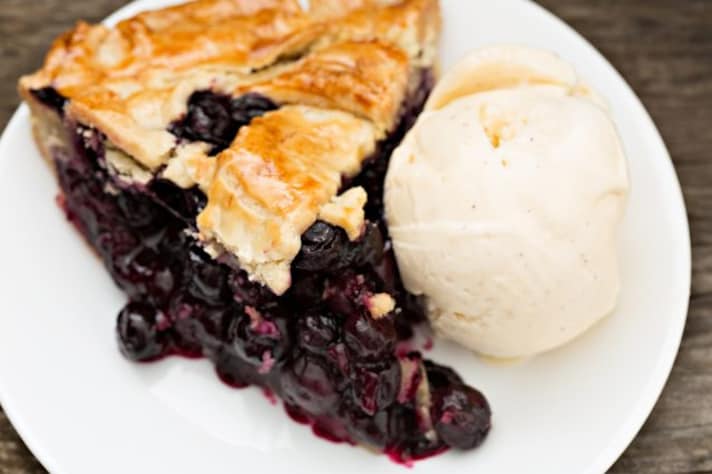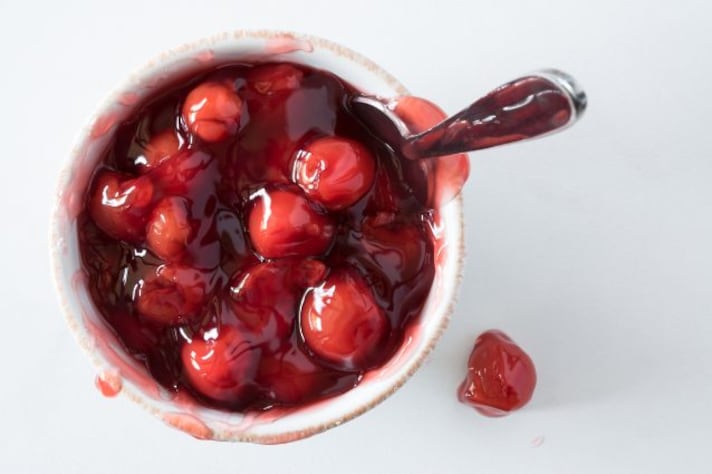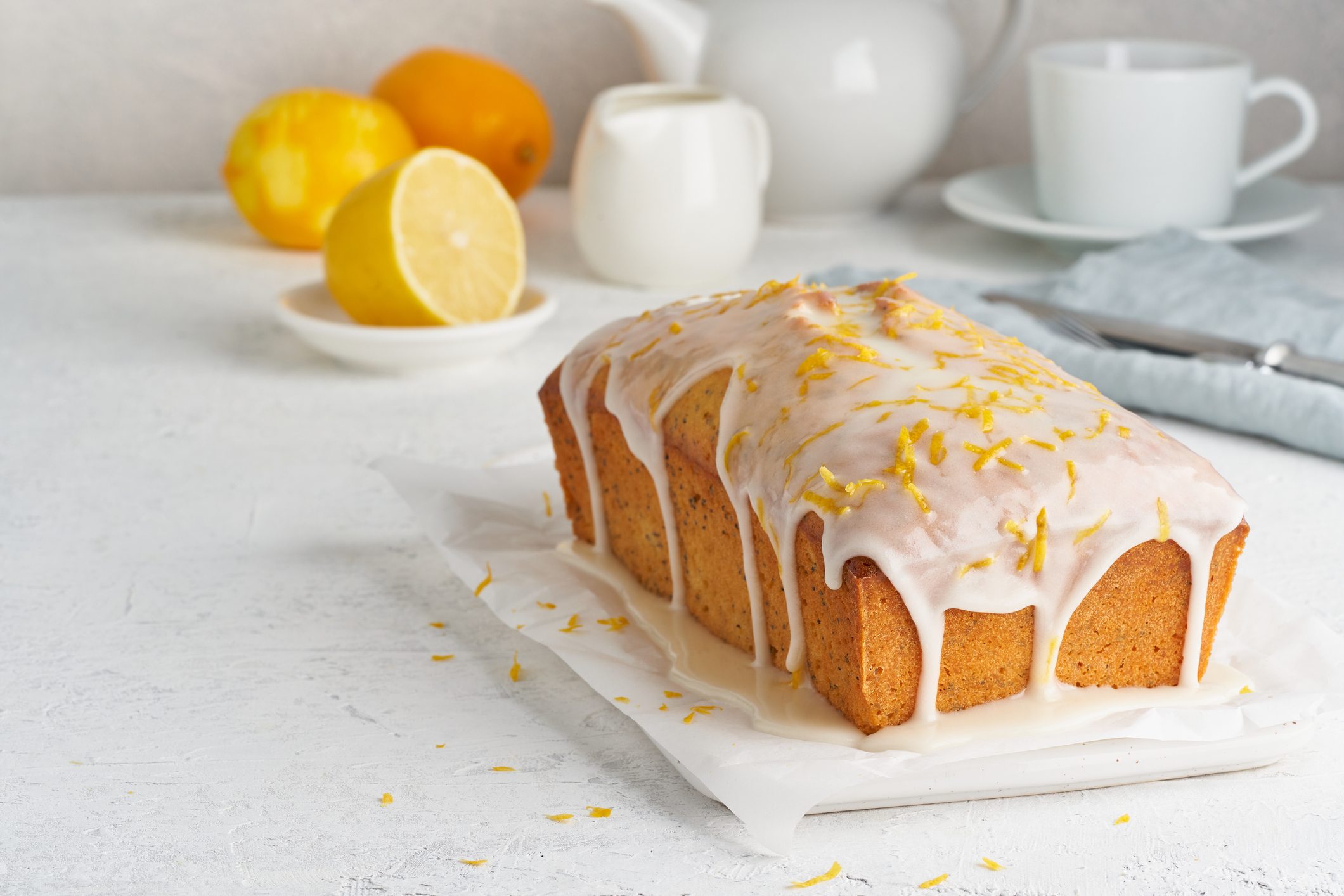How to Fix a Runny Pie: The Best Tricks to Avoid Watery Fillings
There's nothing worse than a runny and watery pie! There are, however, ways to fix it, both when it's already baked and when you're preparing it. Read ahead to discover the best ways to ensure your pie is perfectly set, including putting it back in the oven and using thickening agents when baking it!

Fall has officially begun, and with it, pie season is in full swing! Whether you’re baking in preparation for Thanksgiving or simply because a warm slice of pie is the perfect companion to your afternoon tea, pies of all kinds are making their way from ovens to tables. But there’s nothing worse than slicing into a pie, only to have it rain all over your plate with a soupy, watery filling. Don’t worry, though—we’re here to help you save the day (and your pie) by showing you how to fix that runny dessert and ensure it’s perfectly set for your next cozy bite!
Why Do Pies Go Watery?
There are a few reasons why pies can end up watery after baking. The most common culprit is often excess moisture in the filling, whether from overly juicy fruit or not using enough of a thickening agent like cornstarch or flour. Fruits, like apples and berries, release water when baked, and if that moisture isn’t properly managed, you’ll get a pie swimming in liquid rather than one with a firm filling.
Another issue could be underbaking. If your pie hasn’t cooked long enough, the filling won’t have had enough time to properly set. Lastly, cutting the pie too soon after baking might be tempting, but it’s a recipe for a runny filling. Pies need time to cool and for their ingredients to solidify before being sliced. Jump the gun, and you’ll get a flood of filling on your plate.

How to Fix a Runny Pie Once it's Baked
Now, what happens if your pie has already been baked and it’s looking more like a puddle than a perfectly set dessert? Don’t despair—there are a few tricks to salvage it. First, yes, it’s possible to put the pie back in the oven. If your pie is underbaked, gently pop it back in at a low temperature (about 200°F or 90°C) and keep an eye on it. This will allow the filling to thicken without overcooking the crust.
Another option is to drain some of the excess liquid. If the pie is filled with juicy fruits, you can carefully tip the pie slightly and let the watery filling escape. Be gentle, though, as you don’t want to lose too much of the filling along with the liquid.
For a more immediate fix, you can scoop out the filling and reheat it separately. By cooking it down on the stovetop, you can evaporate the excess liquid. Once it's thicker, return it to the pie crust and let it set. It may not be the most traditional method, but it can save your dessert when you're in a pinch!

How to Avoid a Runny Pie in the First Place
Of course, prevention is always better than cure, and there are ways to ensure your pie filling is perfectly set before it even goes into the oven. If you’re using fruit in your pie, try tossing the fruit with sugar ahead of time and letting it sit for 10-15 minutes. This step, known as maceration, will help draw out excess moisture. You can then discard the extra juice, ensuring a drier filling that won’t turn into a watery mess once baked.
Another way to guarantee a firm pie is to incorporate a thickening agent like cornstarch or flour into the filling. Cornstarch is particularly effective with fruit pies, as it binds with the liquid, creating a thick, jelly-like consistency when baked. Flour works similarly but can give a more rustic, cloudy appearance. If you’re not a fan of either, you can also try using tapioca starch for a smoother finish.
For those who want to avoid starches altogether, consider reducing the moisture content naturally. Use less liquid in your recipes, particularly if you’re working with canned or frozen fruits, and make sure to let your pie cool completely before cutting into it. Patience may be a virtue, but when it comes to pie, it’s an absolute necessity!
;Resize,width=767;)
;Resize,width=712;)
;Resize,width=712;)
;Resize,width=712;)
